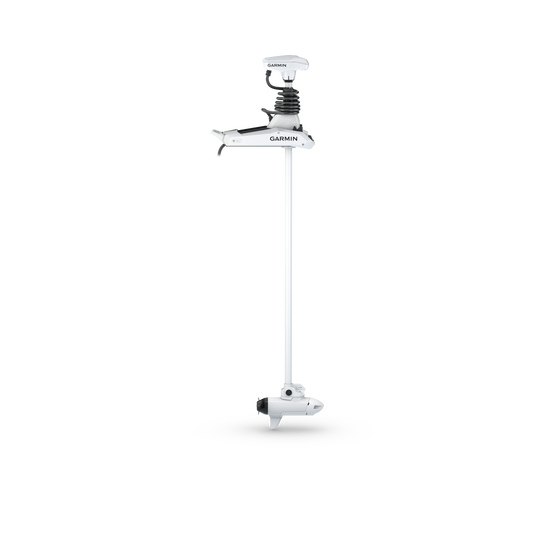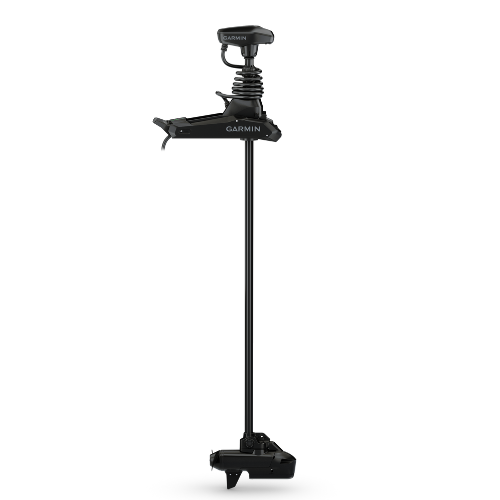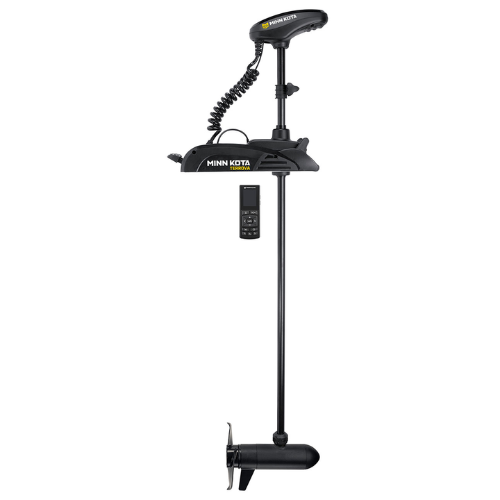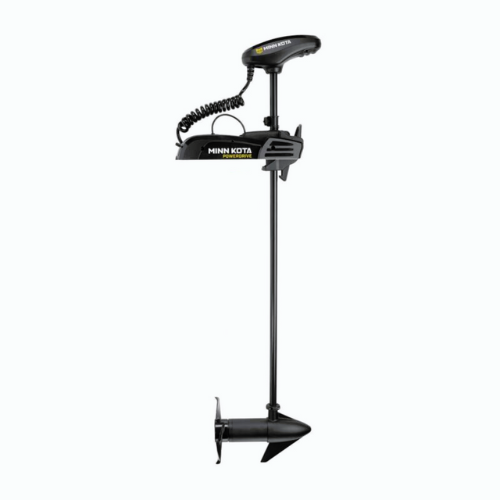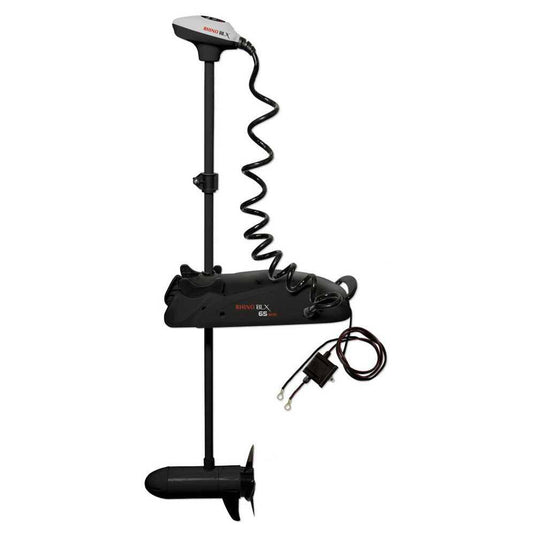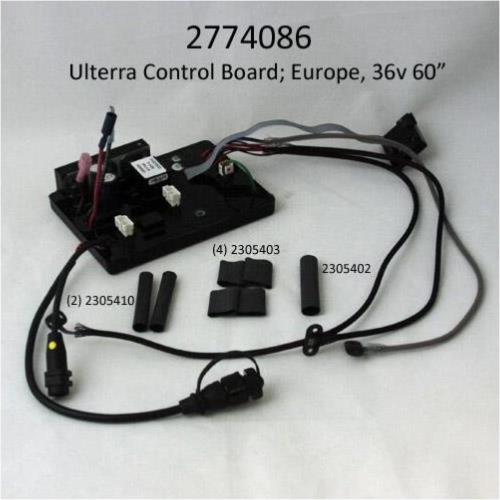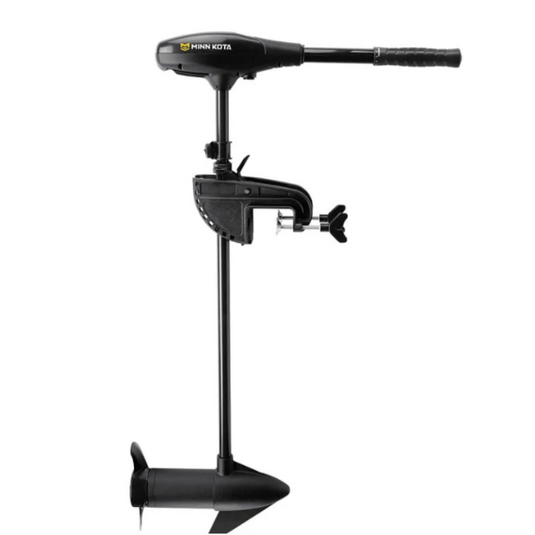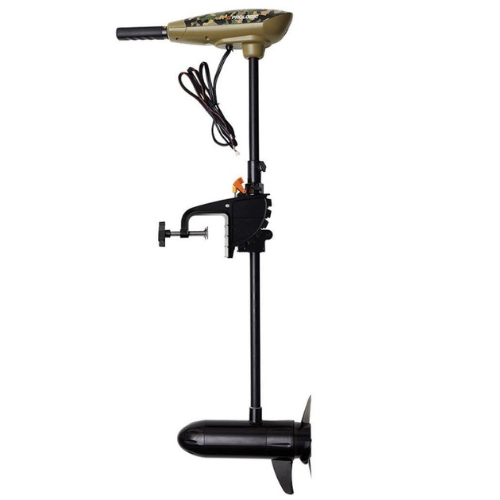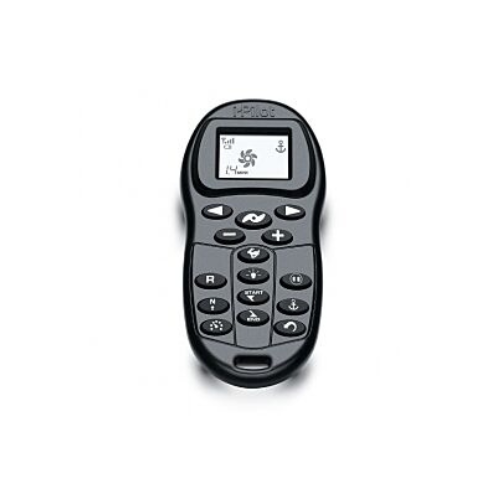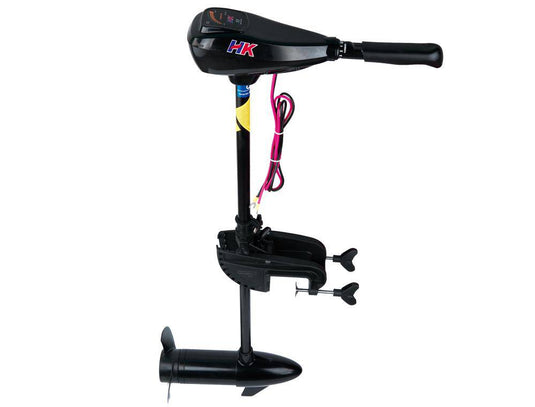Navigating the Waters: A Guide to Trolling Motor Engines
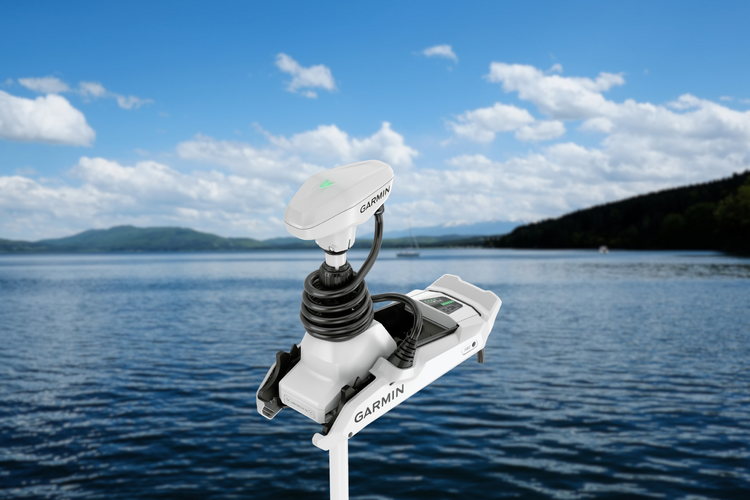
A Guide to Trolling Motor Engines
In the realm of boating and angling, the silent hero often goes unnoticed—the trolling motor engine. While not as flashy as their larger counterparts, these compact powerhouses play a crucial role in maneuvering through waterways with precision and stealth. Whether you're a seasoned angler or a recreational boater, understanding the ins and outs of trolling motor engines can vastly enhance your on-water experience.
The Quiet Force: Silent Navigation
One of the most significant advantages of trolling motor engines is their ability to provide silent propulsion. Unlike traditional outboard motors, trolling motors operate quietly, allowing anglers to navigate shallow waters and sneak up on wary fish without disturbing them. This stealthy approach is particularly beneficial when fishing in calm conditions or targeting species that are easily spooked.
Precision Control: Maneuverability Matters
Trolling motors offer unparalleled maneuverability, giving operators precise control over their vessel's movements. With features like variable speed control, digital steering, and spot-lock technology, anglers can effortlessly maintain position in challenging conditions, such as windy days or strong currents. Additionally, some models are equipped with GPS capabilities, enabling users to create routes, mark waypoints, and navigate unfamiliar waters with ease.
Efficiency and Versatility: Powering Through
Despite their compact size, trolling motors pack a punch when it comes to efficiency and versatility. Electric-powered models are not only eco-friendly but also cost-effective, eliminating the need for fuel and reducing maintenance requirements. Furthermore, trolling motors can be mounted on various types of watercraft, including kayaks, canoes, and small fishing boats, making them accessible to a wide range of outdoor enthusiasts.
Choosing the Right Fit: Factors to Consider
Selecting the perfect trolling motor engine depends on several factors, including boat size, intended use, and budget. Here are some key considerations to keep in mind when shopping for a trolling motor:
-
Thrust: The amount of thrust required depends on the size and weight of your boat. Generally, larger vessels will need more thrust to achieve optimal performance.
-
Voltage: Trolling motors are available in 12V, 24V, and 36V configurations. Higher voltage motors tend to offer more power and longer run times but may require additional batteries and charging infrastructure.
-
Features: Consider the specific features you need, such as wireless remote control, integrated sonar, or built-in battery meters. While these add-ons can enhance usability, they may also come with a higher price tag.
-
Mounting Style: Trolling motors can be mounted on the bow or stern of a boat, depending on personal preference and vessel design. Bow-mounted motors are ideal for precise maneuvering and fishing, while stern-mounted motors offer easier access for control and maintenance.
Conclusion: Navigating with Confidence
In the world of boating and fishing, trolling motor engines are the unsung heroes that quietly power our adventures. From silent navigation to precise control, these compact yet mighty devices offer a multitude of benefits for anglers and outdoor enthusiasts alike. By understanding the features and considerations outlined above, you can confidently select the perfect trolling motor engine to suit your needs and embark on your next aquatic journey with ease. Happy boating!

